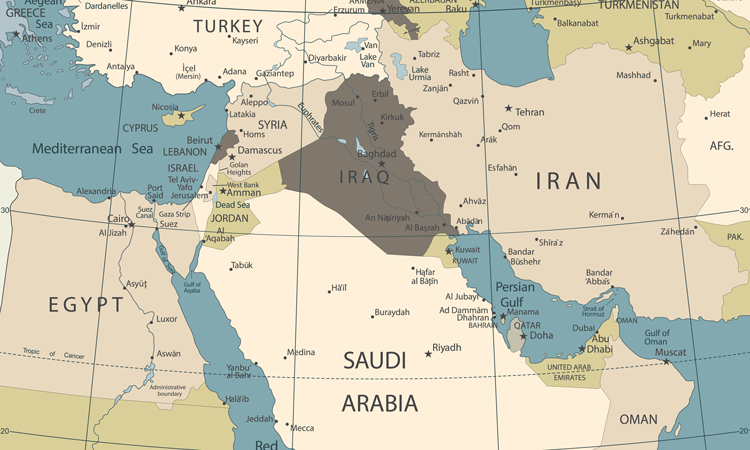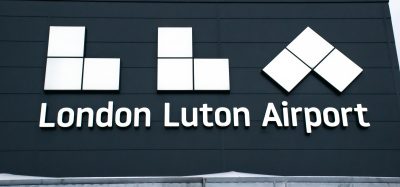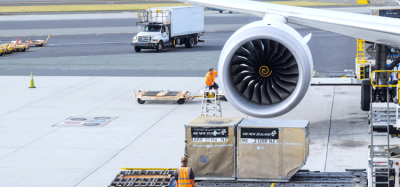Calls made for global aviation guidance to be implemented in the Middle East
- Like
- Digg
- Del
- Tumblr
- VKontakte
- Buffer
- Love This
- Odnoklassniki
- Meneame
- Blogger
- Amazon
- Yahoo Mail
- Gmail
- AOL
- Newsvine
- HackerNews
- Evernote
- MySpace
- Mail.ru
- Viadeo
- Line
- Comments
- Yummly
- SMS
- Viber
- Telegram
- Subscribe
- Skype
- Facebook Messenger
- Kakao
- LiveJournal
- Yammer
- Edgar
- Fintel
- Mix
- Instapaper
- Copy Link
Posted: 18 June 2020 | International Airport Review | No comments yet
ICAO, IATA and ACI Asia-Pacific are urging Middle Eastern governments to implement global guidance in order to ensure the safe restart of the region’s aviation industry.


Airports Council International (ACI) Asia-Pacific and the International Air Transport Association (IATA) are joining the International Civil Aviation Organization Middle East (ICAO MID) in urging governments in the Middle Eastern region to rapidly implement ICAO’s global guidelines for restoring air connectivity in order to ensure the safe and harmonised restart of aviation in the region. The guidelines are contained in ’Takeoff: Guidance for Air Travel through the COVID-19 Public Health Crisis‘, which was approved by the ICAO Council on 1 June 2020.
ICAO’s Acting Regional Director for the Middle East, Mohamed Smaoui, said: “Air connectivity is critical to economic and sustainable development in the Middle East, and the effective recovery of air transport in the region is essential to support the economy post-COVID-19. The key principles, recommendations and guidelines of the CART Report and Take-off Document provide governments with a framework for restarting aviation while protecting public health and are intended to inform and align the COVID-19 recovery roadmaps established by states or the industry. This is a ‘living guidance’ which will be continuously updated based on the latest medical and operational advice and risk assessments as the world starts to reconnect. Governments and industry stakeholders can have certainty as they take action to get the world flying again.”
Muhammad Albakri, IATA’s Regional Vice President for Africa and the Middle East, said: “We are counting on governments in the Middle East to implement the ICAO Take-off Guidance quickly and in a harmonised and mutually recognised way, because the world wants to travel again and needs airlines to play a key role in economic recovery. The guidance recognises that social distancing is not possible on an aircraft – therefore, it supports face coverings as part of a layered risk mitigation approach. In addition, it recommends contact tracing, which should give governments the confidence to open borders without quarantine measures. Local deviations and exceptions will damage public confidence and make it harder to operate effectively, slowing down the industry restart. This would be harmful to public health and economic recovery.”
Director General of ACI Asia-Pacific, Stefano Baronci, said: “Safety and security are the industry’s main priority, and both are firmly entrenched into every airport’s operations and corporate culture. Building on this track record, the ICAO Take-off Guidance document is fully aligned with our industry’s focus on passenger and employee wellbeing. We urge the Middle Eastern states to swiftly implement the guidelines so that we can ensure truly harmonised and effective measures across the region and passengers can return to air travel with confidence. As rightly stated in the ICAO guidance, states should continuously re-adjust the measures depending on their effectiveness to reduce the risk of transmission and scalability, especially as soon as traffic ramps up again to certain volumes of traffic. Airports need health authorities to work cooperatively with them to adapt physical distancing to specific layout and operations.”
Impact of COVID-19 on aviation in the Middle East
COVID-19 has devastated the air transport industry in the Middle East. Demand in terms of passenger volumes is forecast to fall by 47 per cent in 2020 year-on-year for airports in the region, and estimates outline a total revenue loss of $7 billion, representing a 52 per cent year-on-year decline in 2020.
Job losses in aviation and related industries in the region could reach 1.2 million and gross domestic product (GDP) supported by aviation could fall by $66 billion. Before the COVID-19 crisis, aviation supported 2.4 million jobs in the region and generated $130 billion in GDP.
The ICAO guidance proposes a phased approach to restarting aviation and identifies a set of generally applicable risk-based measures which, in line with recommendations and guidance from public health authorities, will mitigate the risk of transmission of the COVID-19 virus during the travel process.
Measures include:
- Physical distancing to the extent feasible and implementation of adequate risk-based measures where distancing is not feasible
- Wearing of face coverings and masks by passengers and aviation workers
- Routine sanitation and disinfection of all areas with potential for human contact and transmission
- Health screening, which could include pre- and post-flight self-declarations, as well as temperature screening and visual observation
- Contact tracing for passengers and aviation employees – updated contact information should be requested as part of the health self-declaration, and interaction between passengers and governments should be made directly though government portals
- Testing - if and when real-time, rapid and reliable testing becomes available.
The organisations are also urging states to identify every opportunity where travel restrictions could be lifted, through bilateral or multilateral arrangements among countries – as soon as the epidemiological situation allows for it.
Related topics
Aeronautical revenue, Airport crisis management, COVID-19, Economy, Passenger experience and seamless travel, Passenger volumes, Regulation and Legislation, Safety, Terminal operations
Related organisations
Airports Council International Asia-Pacific and Middle East (ACI APAC & ME), International Air Transport Association (IATA), International Civil Aviation Organization (ICAO), International Civil Aviation Organization Middle East (ICAO MID)


















